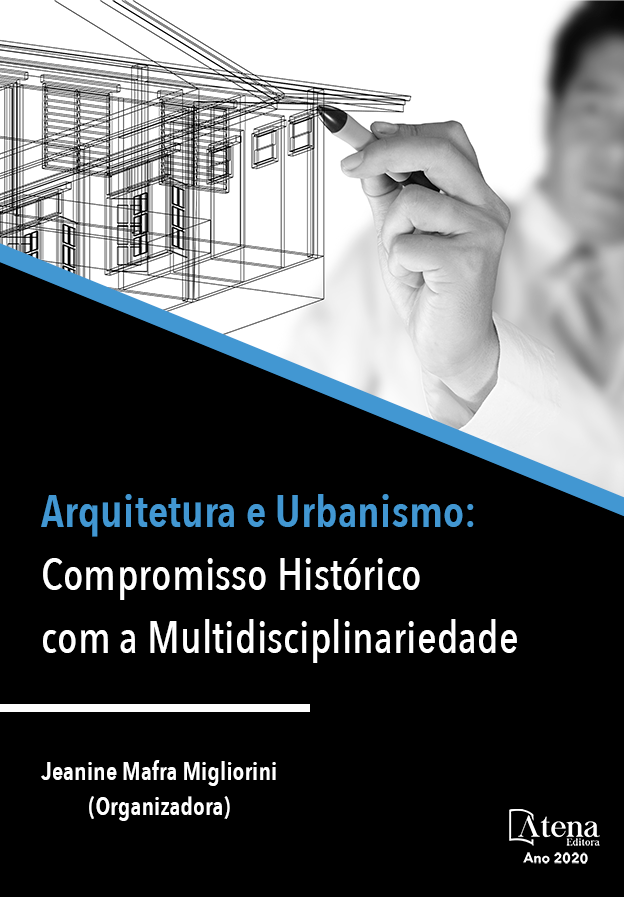
O PATRIMÔNIO INDUSTRIAL, AS TEORIAS CLÁSSICAS DA CONSERVAÇÃO E RESTAURAÇÃO E CONSIDERAÇÕES ÀS CARTAS PATRIMONIAIS
O conceito de patrimônio industrial tem buscado se afirmar no Brasil como uma importante área de preservação e conservação da história e da memória da cultura material. A diversidade e pluralidade de formas de expressão do patrimônio cultural possibilita sua inserção no rol de elementos de reconhecida importância para a sociedade e resgata as relações entre o homem e a sociedade segundo uma perspectiva centrada em questões relacionadas ao mundo do trabalho. Os conceitos de patrimônio cultural e patrimônio industrial encontram-se mutuamente aplicados às diversas interpretações e diferentes formas de representatividade da cultura, desde elementos da cultura local e nacional ao reconhecimento por órgãos internacionais de preservação do patrimônio, como a UNESCO, o que permite uma ampliação do leque de elementos representativos das múltiplas culturas dos diferentes povos. Busca-se, então, realizar algumas considerações acerca das relações existentes entre as teorias clássicas da conservação e restauração e as cartas patrimoniais que tratam os conceitos voltados à preservação do patrimônio industrial. Constrói-se, assim, uma análise preliminar das relações estabelecidas entre os elementos de patrimônio industrial e os valores relativos aos monumentos de Alois Riegl e princípios fundamentais da restauração de Camillo Boito. Posteriormente, apresentam-se as cartas patrimoniais voltadas aos elementos industriais, principalmente à sua conservação e preservação. Por fim, ao vislumbrar tal panorama apresenta-se uma possibilidade de ampliação da visão de cultura, da memória e da história a partir da leitura de um patrimônio específico, o industrial, alicerçado nas múltiplas relações entre as sociedades, seus grupos e a ciência e tecnologia.
O PATRIMÔNIO INDUSTRIAL, AS TEORIAS CLÁSSICAS DA CONSERVAÇÃO E RESTAURAÇÃO E CONSIDERAÇÕES ÀS CARTAS PATRIMONIAIS
-
DOI: 10.22533/at.ed.7642008109
-
Palavras-chave: Patrimônio Industrial, Conservação, Restauração, Cartas Patrimoniais.
-
Keywords: Industrial Heritage, Conservation, Restoration, Heritage Charts.
-
Abstract:
The concept of industrial heritage has sought to assert itself in Brazil as an important area for the preservation and conservation of the history and memory of material culture. The diversity and plurality of forms of expression of cultural heritage allows its insertion in the list of elements of recognized importance for society and rescues the relations between man and society according to a perspective centered on issues related to the world of work. The concepts of cultural heritage and industrial heritage are mutually applied to different interpretations and different forms of representativeness of culture. From elements of local and national culture to recognition by international heritage preservation bodies, such as UNESCO, it allows for an expansion of the range of elements representing the multiple cultures of different peoples. It seeks, then, to make some considerations about the relations existing between the classic theories of conservation and restoration and the heritage charts that deal with the concepts aimed at the preservation of the industrial heritage. Thus, a preliminary analysis of the relations established between the elements of industrial heritage and the values related to the monuments of Alois Riegl and fundamental principles of the restoration of Camillo Boito is constructed. Subsequently, the heritage charts focused on industrial elements, mainly their conservation and preservation, are presented. Finally, when looking at this panorama, there is a possibility of expanding the vision of culture, memory and history from the reading of a specific heritage, the industrial one, based on the multiple relations between societies, their groups and science and technology.
-
Número de páginas: 21
- Ronaldo André Rodrigues da Silva


